Do you adjust your trainings to meet the needs of your audience? It can be tempting to develop a signature speech or training to share with all your audiences.
As I’ve learned from being a part of Toastmasters, you need to meet your audience members where they are. As soon as you book a speaking or training engagement, pose some questions to the person who booked you.
Find out what kinds of information related to your areas of expertise are of greatest interest to the audience. Develop your speeches and training materials so that you can easily mix and match parts of them. That way, you won’t need to create brand new material each time you speak or train.
For the past several months, I’ve been providing LinkedIn trainings for six chapters of the SHE Leads Group, an all-female leads group. I’ve spoken at in-person chapters, virtual chapters, and a hybrid event. In the last example, the members were all at an in-person meeting, and I attended virtually.
Preparing and Practicing the Trainings
Typically, I create a PowerPoint Presentation to use as a handout for my trainings, which I convert to a PDF. From experience, I know approximately how many slides to use for a 20-minute, 30-minute, or longer presentation.
In addition, I need to factor in the amount of time that may be needed to respond to the questions of the attendees.
Once I’ve got the material adapted based on what the point person asked me to focus on, I start practicing. My training technique is a live demonstration approach. That means that I go into LinkedIn and show the audience how to do everything I discuss in the presentation. So, that’s what I practice doing while recording the presentation via Zoom. Watching these recordings helps me to see where I tend to stumble and where I shine. I make the necessary adjustments and do enough practice sessions until I’m satisfied.
Providing the Trainings
Whether I’m presenting virtually or in-person, I like to arrive at the meeting at least 10 – 15 minutes before it starts. I’ve found for the SHE Leads Group chapters, that the leader of the group brings her own laptop. So, I ask in advance if she would let me log into LinkedIn after she logs out of it. In addition, I ask her to run the computer for me so I can focus on the audience.
In situations where I’m relying on my laptop, I arrive 25-30 minutes early to get set up, including getting on the Wi-Fi of the space where I’m speaking.
For in-person meetings, I bring enough copies of the handout for the number of attendees my point person said would be there. For settings where I’m doing the training virtually, I email the point person a PDF of my training materials.
I do my best to stay on track so that I cover all or most of the information I had planned to go over. Although I prefer to take questions after I finish the training, I will take some questions as I go along.
If I find I get a lot of questions about one section of my material, I go with the flow and focus on that section. Then, as I wrap up the training, I point out that the rest of the information I had planned to cover is in the handout.
About Joyce
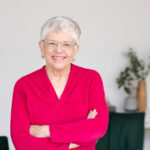 Joyce Feustel helps people, especially those age 55 and up, to become more effective using social media, especially LinkedIn and Facebook. She works with business owners, business development professionals, business consultants, job seekers, and more – ranging from entrepreneurs to people in large corporations. Find her at www.boomerssocialmediatutor.com
Joyce Feustel helps people, especially those age 55 and up, to become more effective using social media, especially LinkedIn and Facebook. She works with business owners, business development professionals, business consultants, job seekers, and more – ranging from entrepreneurs to people in large corporations. Find her at www.boomerssocialmediatutor.com
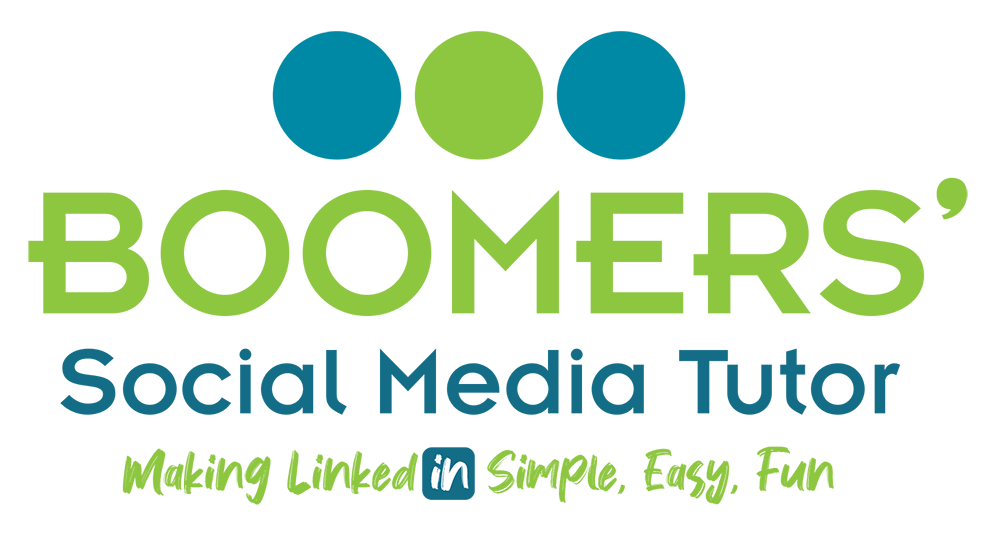
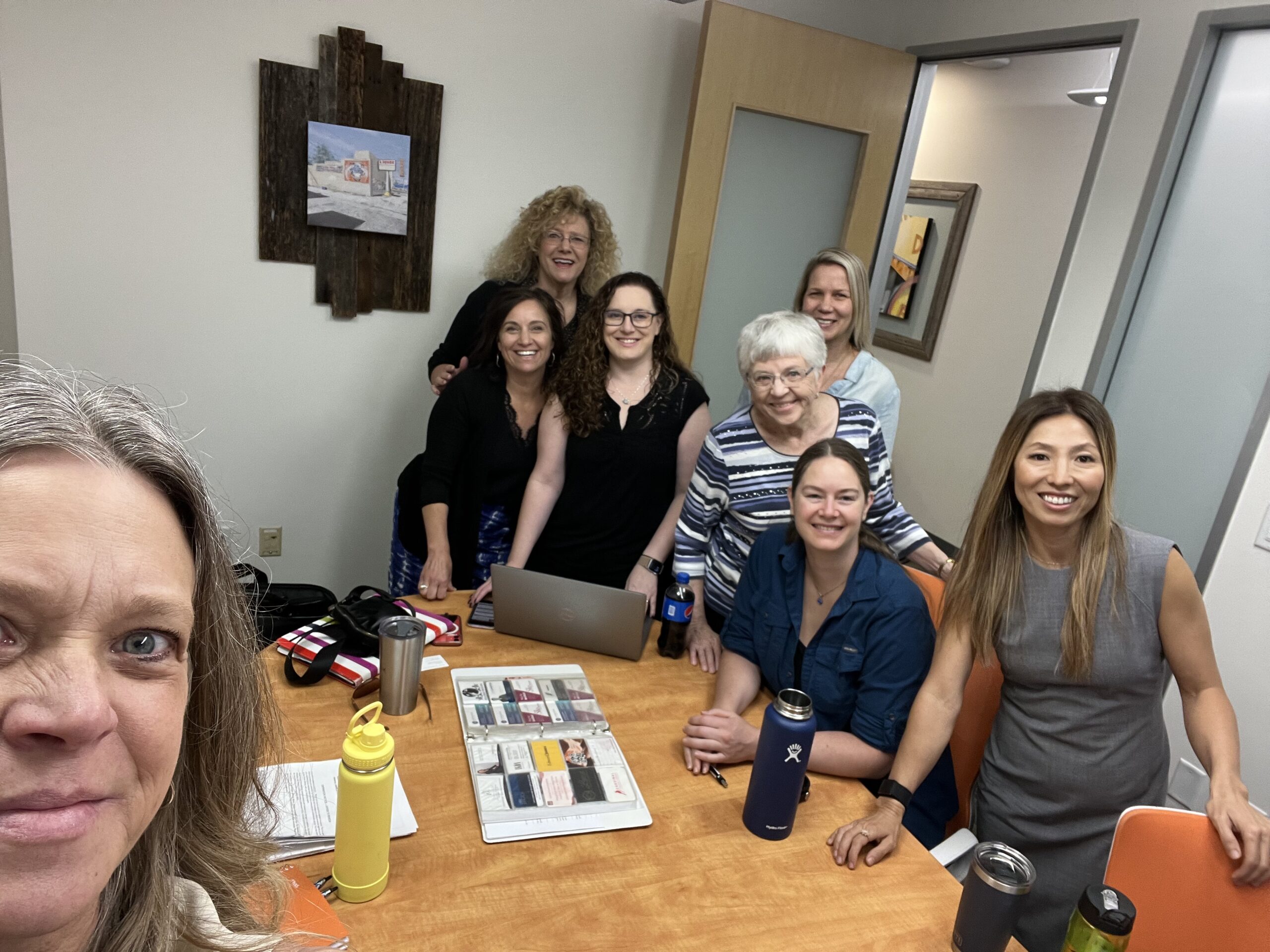
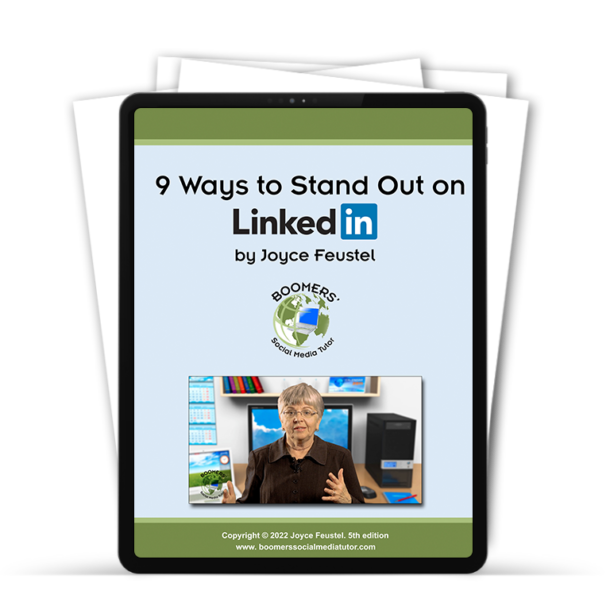
Leave A Comment